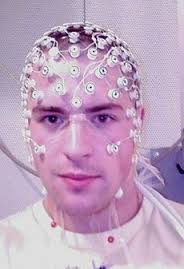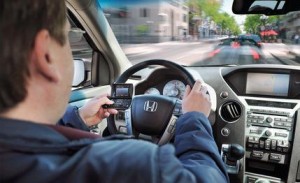3D printing technology undoubtedly presents opportunities for a completely new type of production that will revolutionize the workplace, as the many posts on this blog demonstrate. But as with all new forms of technology its development also raises many questions.
A recent report appears to find evidence that the use of 3D printers creates a bi product of nano particles that may be harmful to humans.
A research team measured ultra fine particle emissions (UFP) from the types of 3D printer typically in domestic or office use. Their findings are published in this rather technical report, and mathematics is certainly not my forte’, but it can be easily summarized: the results show that mean concentration of UFP’s is almost three times higher during 3D printer operation, meaning that these types of printers must be classed as UFP “high emitters”.
Now we need to see the results in context however, the levels reported are similar to those produced when we cook on a barbeque, but I personally use my barbeque in the garden, not in a small sealed room in the office.
The printers in question are often grouped together or found in air conditioned spaces with little ventilation, they are not sold with ventilation and there is no venting legislation, so the levels of UFP tends to increase over time in the spaces where they are used.
Particles of this type have been found to be damaging to mammals because they can easily pass into the respiratory system and cause inflammation. Some are so small that they can pass directly into the blood stream and into the organism itself.
The authors conclude that “caution should be used when operating some commercially available 3D printers in unvented or inadequately filtered indoor environments. Additionally, more controlled experiments should be conducted to more fundamentally evaluate aerosol emissions from a wider range of desktop 3D printers and feedstocks”.
A little common sense and some awareness raising and a health risk can be avoided. Industrial users have a culture of health and safety related to emissions, something that office culture might lack, but it could certainly be learned and implemented.
Anyway, the sun is out, where are those frozen veggie burgers?


